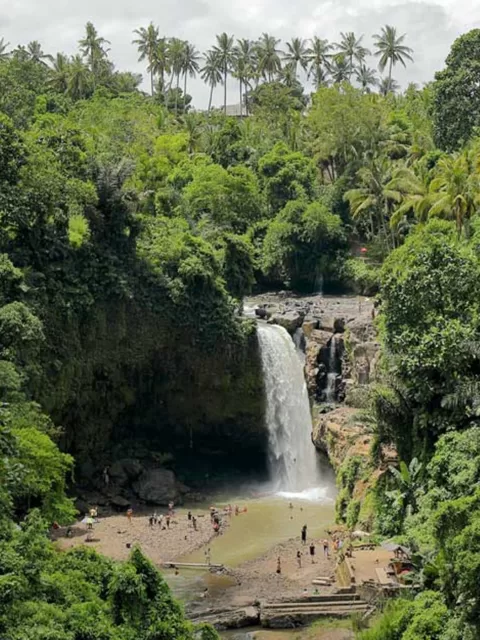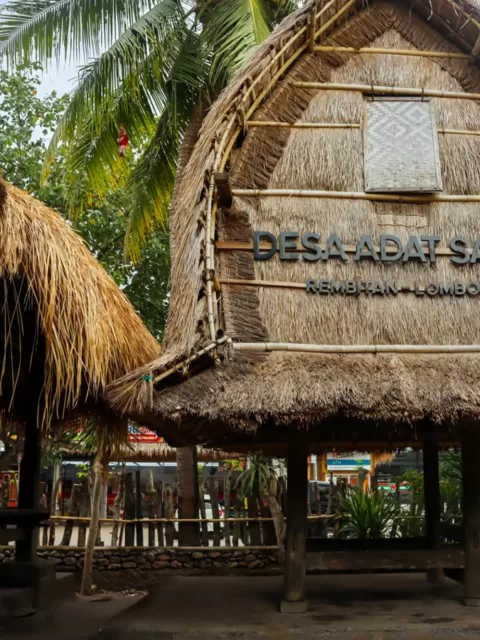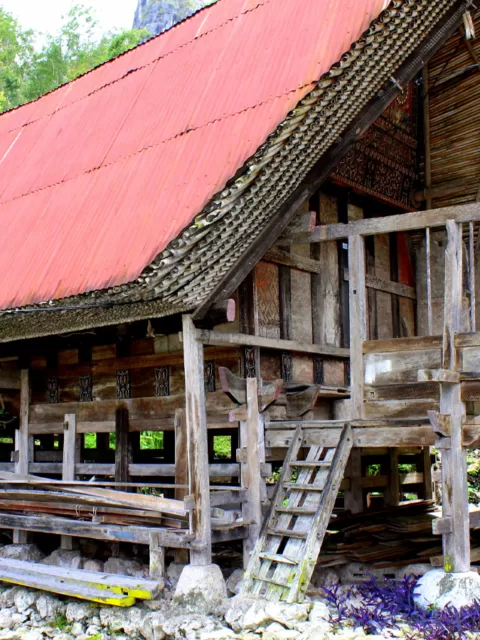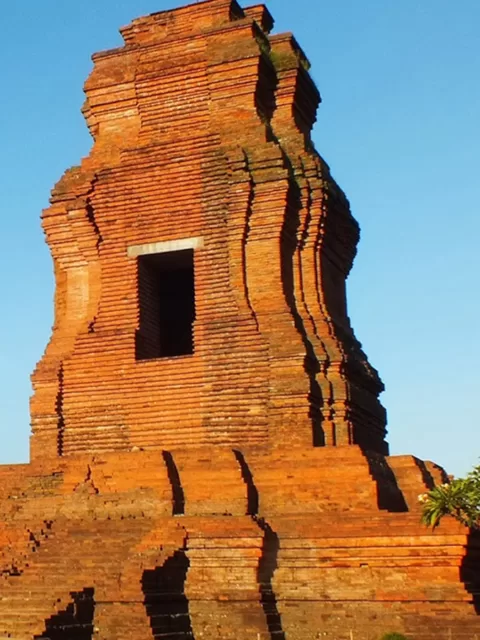Tari Barong Bali’s Dynamic Dance of Good vs. Evil
In the heart of Bali, where the island’s rich culture and spirituality converge, there exists a mesmerizing dance that tells a timeless tale of cosmic balance – Tari Barong. This enchanting Balinese dance is more than just a performance; it’s a vibrant expression of the island’s cultural and spiritual identity. Join us as we step into the world of Tari Barong, where the eternal battle between good and evil unfolds in a whirlwind of color, rhythm, and symbolism.

The Barong and Rangda Saga
At the heart of Tari Barong is a story deeply rooted in Balinese mythology. The dance dramatizes the eternal struggle between the Barong, a benevolent lion-like creature representing good and protection, and Rangda, a fearsome witch queen symbolizing evil and chaos. This battle of opposing cosmic forces mirrors the constant ebb and flow of life’s dualities.
Costumes and Masks
One of the most captivating aspects of Tari Barong is its elaborate costumes and masks. The Barong costume is a magnificent creation adorned with colorful fabrics and intricate details, complete with a towering headdress. The Rangda mask, on the other hand, is a striking portrayal of a menacing, wide-eyed witch with gnashing fangs and a wild mane of hair. These costumes and masks are works of art, crafted with great care to capture the essence of their characters.
The Dance
As the dance begins, the Barong and Rangda characters come to life through the skilled movements of the performers. The Barong, with its graceful and lively dance style, symbolizes hope and protection. In contrast, Rangda’s dance is wild and frenzied, representing chaos and destruction. The two characters engage in a captivating battle, with the forces of good and evil locked in a dramatic and dynamic struggle.
Sacred Symbolism
Tari Barong is not merely a form of entertainment; it holds deep spiritual significance in Balinese culture. It is often performed in the context of temple festivals and rituals, where it serves as a form of protection and a means of warding off negative energies. The dance’s symbolism extends beyond the stage, reminding the Balinese people of the eternal cycle of life, death, and rebirth.
Community Involvement
Tari Barong is a communal endeavor that brings together dancers, musicians, and the audience. It fosters a sense of togetherness and shared cultural identity. It is not uncommon for members of the audience to join the dance, blurring the lines between performers and spectators. This participatory aspect enhances the sense of unity and connection within the community.
Preserving Tradition
In an ever-changing world, the preservation of traditional arts like Tari Barong is crucial. Balinese communities and cultural organizations are dedicated to passing down this ancient art form to future generations. Young dancers are trained in the intricate movements and storytelling elements of the dance, ensuring that Tari Barong remains a vibrant and vital part of Bali’s cultural heritage.
Conclusion
Tari Barong is a visual and emotional feast that immerses you in the heart of Balinese spirituality, culture, and artistry. It’s a reminder that in the midst of life’s complexities, there’s a delicate balance between light and dark, good and evil, creation and destruction. As you witness the Barong and Rangda dance their eternal battle, you’ll not only be entertained but also transported into a world where tradition, symbolism, and spirituality merge into a dazzling spectacle. So, when you find yourself on the magical island of Bali, don’t miss the opportunity to witness the mesmerizing Tari Barong – a living legend that brings Bali’s ancient myths to life before your very eyes.












